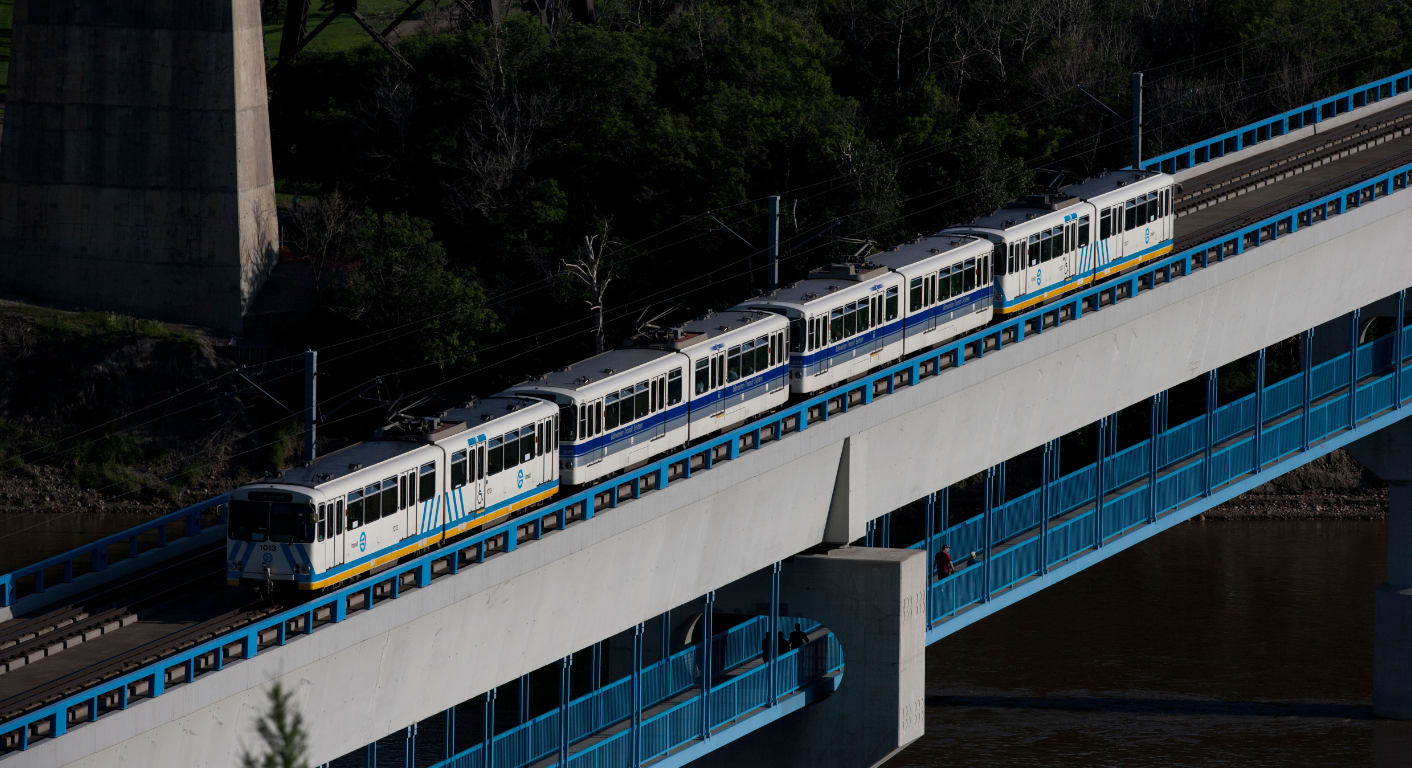Designing the Ontario Line to be part of the community it serves
We explore how international examples of above ground subway lines can be applied in Toronto.
May 27, 2020
Communities have been evolving around transit for decades. Today’s challenge is to build new lines that fit their surroundings right from the start, while meeting 21st century transit needs.
Fortunately, modern technology and building practices are making this possible.
When infrastructure is built with the surrounding neighbourhood in mind, scale matters.
“We are really focusing on building lighter and smaller,” said Gunta Mackars, Metrolinx Vice President of Design.
The work involves experts in a range of disciplines.
“It is an engineering task, but within engineering there are ways that you can fairly easily lighten up the appearance of something and the perception of it,” she said.
Transit enthusiasts point to Chicago as a city that has successfully run elevated trains above street level since the 1890s, but the size of the “L” line’s supporting infrastructure, although distinct and historically significant, is larger than what it would likely be if it were built today.
"“The idea is to reduce visual impacts and ensure that what you do enhances a community.” "- John Potter, Metrolinx Design Division
Fortunately, newer designs are much less intrusive.
“Chicago is different because you are dealing with older engineering,” said John Potter, Metrolinx Design Division.
Metrolinx has many tools to reduce noise and vibration to maintain quality of life for people living nearby.
“We mitigate vibration with the way we fix tracks to the track bed, controlling noise at the source,” Potter said.
Edmonton’s Dudley B. Menzies Bridge over the North Saskatchewan River has won an award for design excellence. (Alamy Stock Photos)
Advanced engineering makes for more attractive rail designs.
“They put the lines on a concrete span with a single support, so it’s less intrusive,” Potter said. “The idea is to reduce visual impacts and ensure that what you do enhances a community.”
Simplicity is the key.
“Design doesn’t need to be heroic and expensive to be successful” Potter added.
Smaller, lighter trains also contribute to simpler, more attractive designs.
The Vancouver SkyTrain demonstrates how lightweight, electric trains do not need the same sort of long, gradual slopes to move uphill that heavier models like the TTC’s subway cars do. Lighter trains give transit planners more flexibility to build sections that go from below ground to above with tighter designs that fit more naturally into the surrounding landscape.
In recent years, several above-ground designs have won awards, including the Brightline in Miami, the Paris Metro Extension and Saoureuse Viaduct on the LGV Rhine-Rhone line in France.
Potter also finds inspiration in Canadian cities.
For example, he points to the Dudley B. Menzies Bridge over the North Saskatchewan River in Edmonton as a design that could influence Ontario Line crossings over the Don Valley. The bridge is such an attractive addition to the landscape that it was recognized with an Award of Excellence for Design and Construction.
Burquitlam station is an attractive part of Vancouver’s Evergreen Line. (Photo by Andrew Latreille, courtesy of Perkins&Will)
Vancouver’s TransLink network and Canada Line have electric trains that are running above ground on lines and into stations that blend in with their neighbourhoods.
The Vancouver stations were designed to fit their surroundings and many are becoming the centre of their neighbourhoods. In many cases, much needed new housing is being built, appropriate for their communities, near stations.
“The evolution of transit oriented communities around these sites, and how these elevated stations become knitted into their communities, could become an interesting case study,” Potter said.
Metrolinx has many great examples of attractive stations and transit lines to study, as planning continues for the Ontario Line.
by Mike Winterburn Metrolinx communications senior advisor
